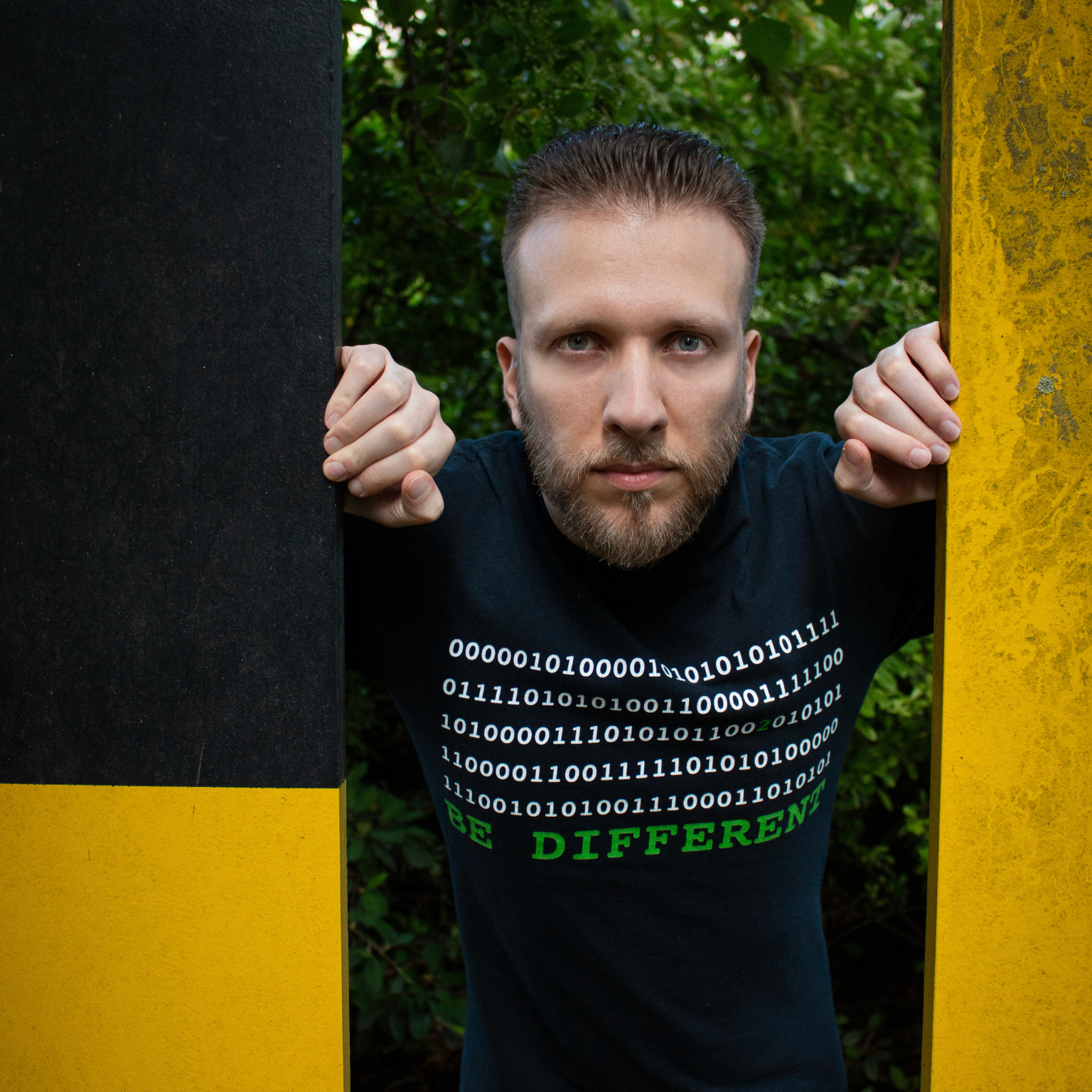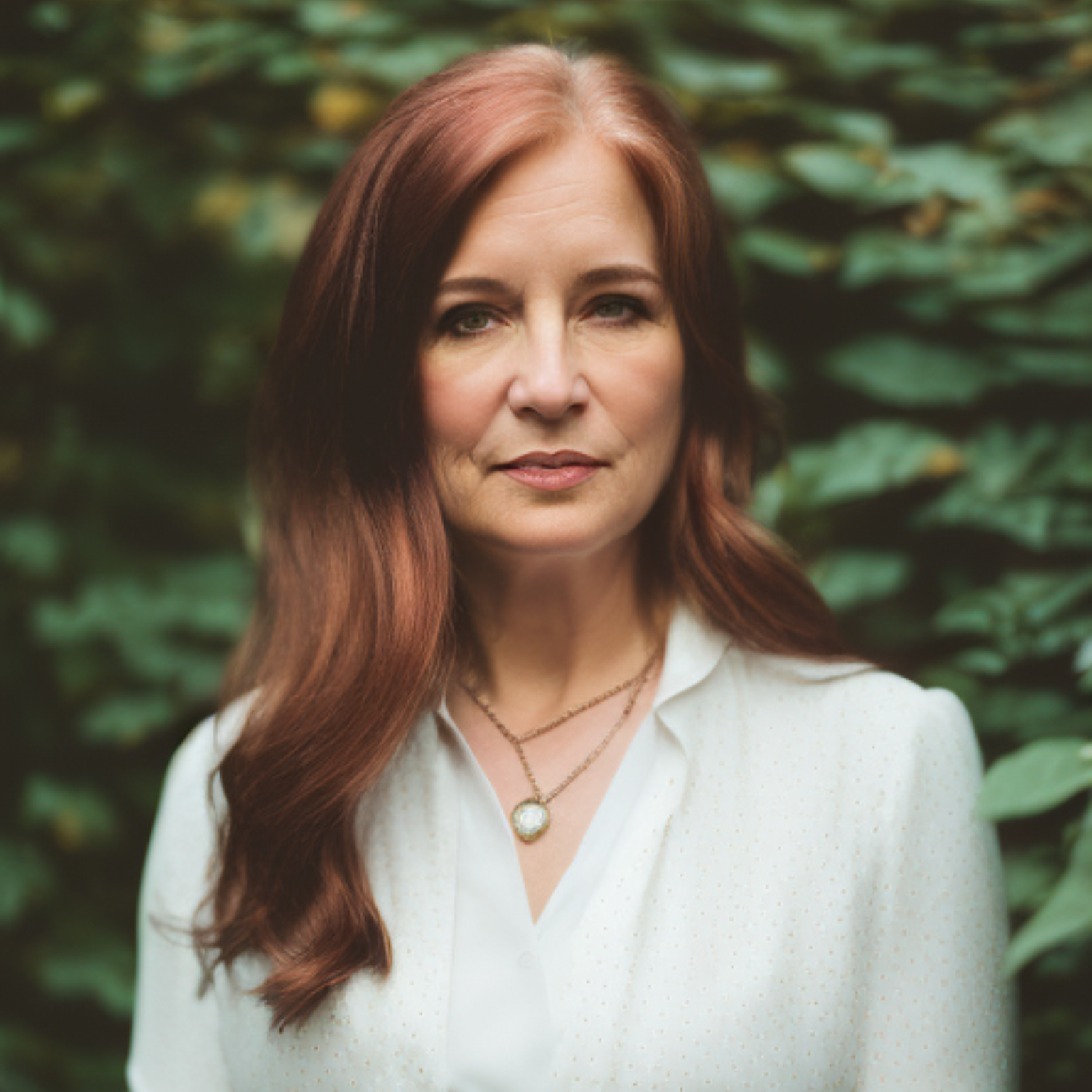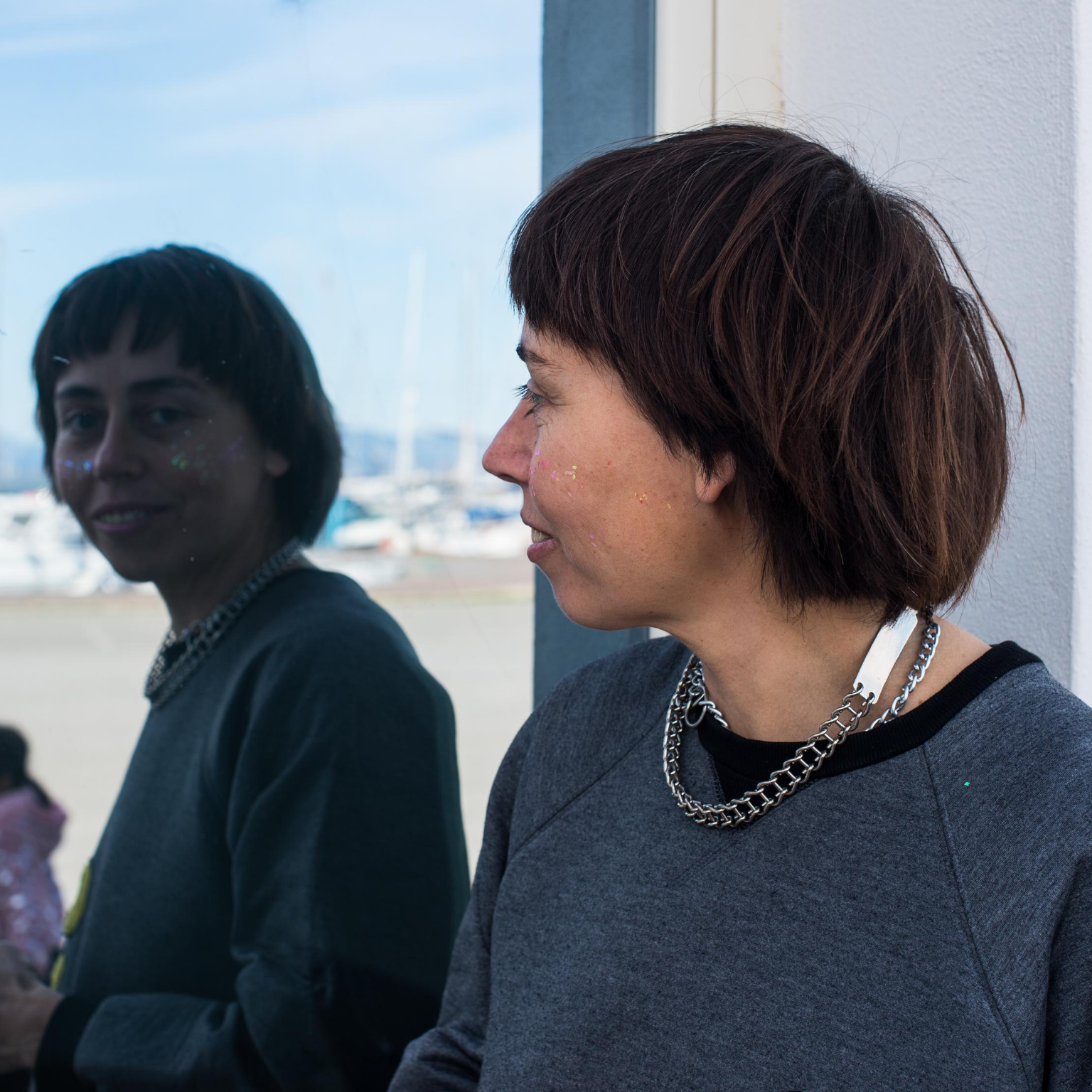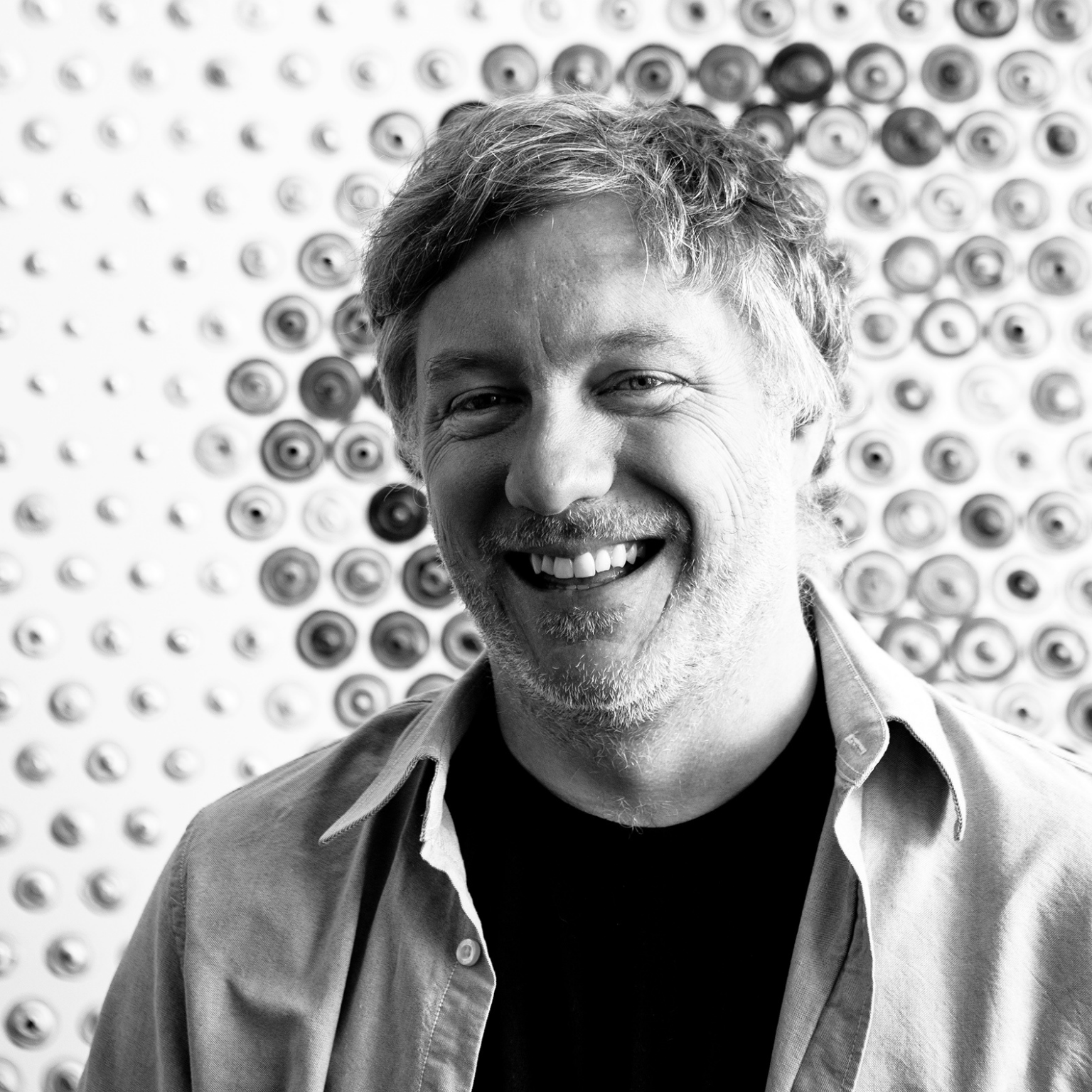Enrico Dedin, media artist and art director from Italy. Photo © Courtesy of the artist
Tell us what you do and your beginnings.
I have been active in the art world since 2013 when I participated in my first collective exhibition at 17. During my education, the discovery of philosophy was fundamental, I approached in particular the thoughts of Umberto Galimberti, Günther Anders, Zygmunt Bauman, and Hans Jonas; so I began to question myself on the psychological and sociological impact of technology.
In the beginning, I experimented mainly with sculpture, installation, and photography, later, the interest in technological dynamics irremediably led me towards multimedia practices. In 2015 I enrolled in the “New Technologies of Art” course at the Academy of Fine Arts in Venice. During my years in Venice, I got closer to documentary and landscape photography inspired in particular by Walker Evans and Filippo Minelli, as well as video art and public art practices.
After graduating with honors from the Academy of Venice, I deepened my research in the field of digital and multimedia arts, obtaining awards and participating in group and solo exhibitions, competitions, and international festivals all over the world. Up to the most recent goals, from the selection for Heure Exquise!, the distributor of the audiovisual collections of the Musée du Louvre and the Musée d’Orsay, to that for the 16th edition of Videoart Yearbook, the historic exhibition of Italian video art.
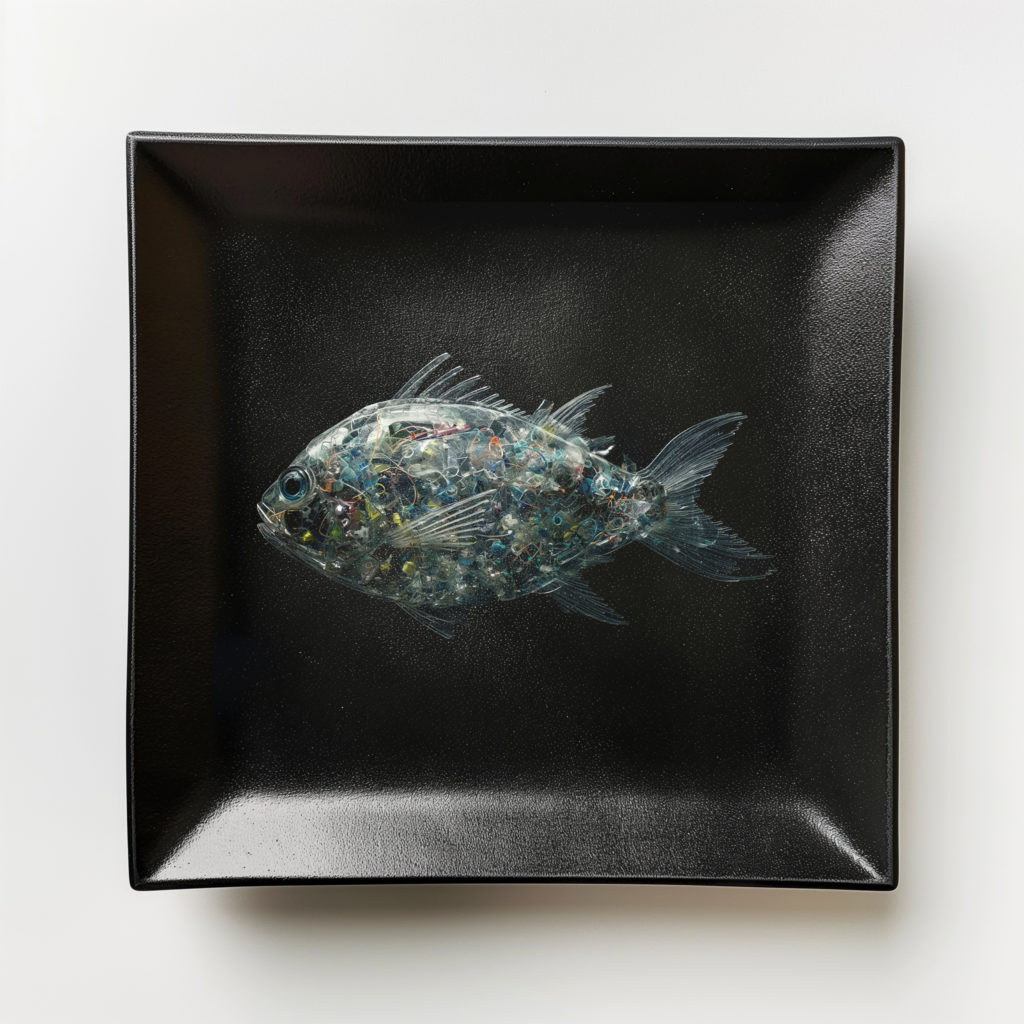
What does your work aim to say?
Art must be a mission. My work tries to be a gift for others, a tool to encourage reflection and contemplation. As an artist, I focus mainly on the impact of digital technologies on our experience and perception of reality. I explore both the online and offline landscapes with an anthropological gaze, focusing on the sociological and identity changes of contemporaneity.
What interests me most is the human condition in our era, often reflecting on our relationship with the surrounding environment and nature. Often with my works, I try to convey the need for a more conscious, critical, and connected life with wild spaces and natural elements. Many of my efforts are to try to raise awareness of today’s “nature deficit”, as well as the need for a new humanistic vision in the approach to the latest generation technologies.
Where do you find inspiration for your art?
In most cases, inspiration comes from two sources: internal input or external input. In the first case, it is often the result of personal observations of certain situations or contexts. Examples of this are the works: “Nature Training Center”, a video whose inspiration was born in the pandemic lockdown and which reflects on the transformation of nature into a fitness & sports area; “The Photo Hunters”, another video piece that was born unexpectedly during an excursion off the coast of Tenerife, in which the sense of wonder generated by the grandeur of the Atlantic Ocean and the sighting of cetaceans is overwhelmed by the tourists’ obsession with taking photographs.

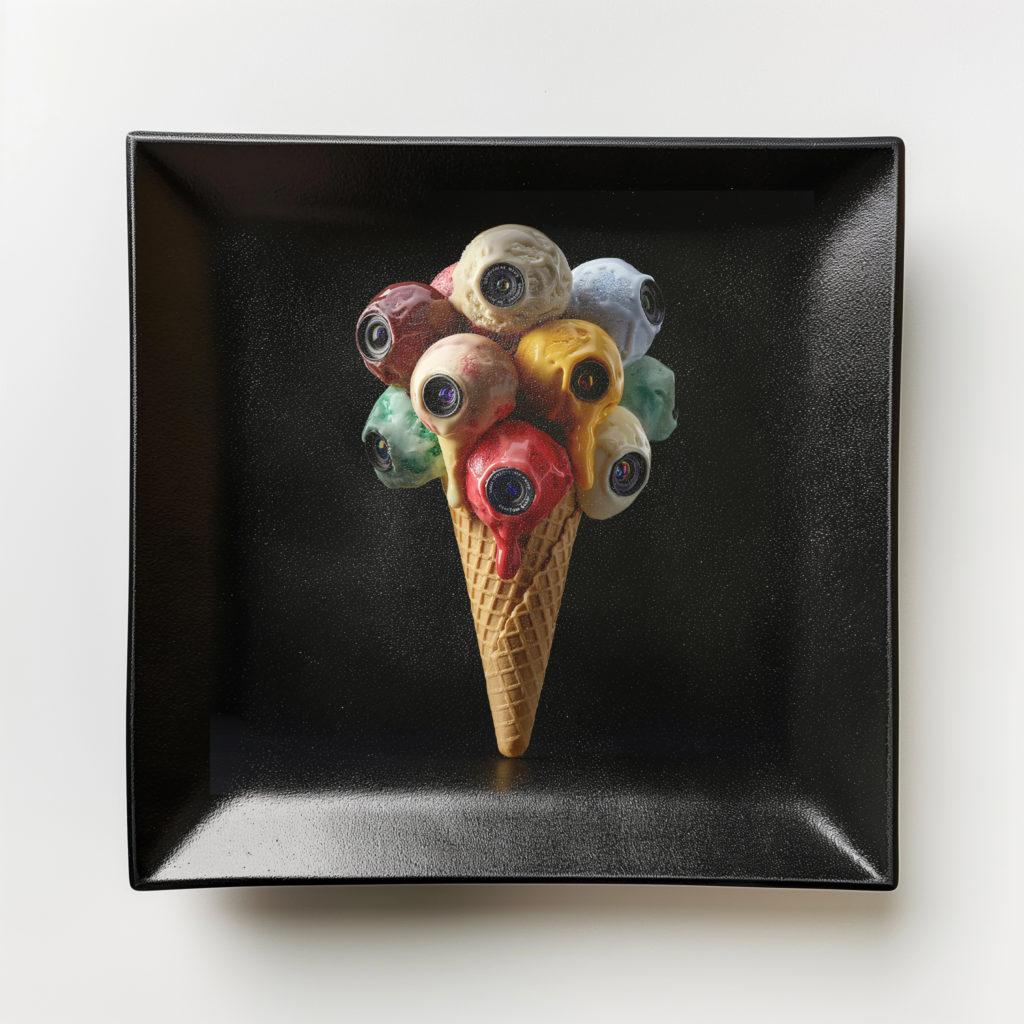
The Last Supper, images on plates © Courtesy of the artist
In the second case, however, inspiration can come from singular and emblematic news learned from the web, TV, or other information channels. Recent works born from this input are certainly the video “Socialhenge”, started on the occasion of the summer solstice and the incredible related event that attracts thousands of people to the famous archaeological site of Stonehenge every year.
But also the video “CryptoNiagara” elaborated following the public protests that arose because of the mining factories, guilty of having silenced with their din the sound of the iconic North American waterfalls, a symbol since 1800 of the romantic concept of the sublime. In these cases, therefore, the single event becomes the pretext to reveal and show a more global condition.
Could you give us some insight into your creative process?
My creative process often begins with a phase of observation and reflection. I take note of each input and let it settle, trying to understand its conceptual and aesthetic impact. In a subsequent phase, I begin to develop the idea more concretely.
If the inspiration comes from a context or a landscape, I try to explore it directly through photography, video, or other multimedia tools. If the idea is more conceptual, I often spend time outlining the structure of the work through quick sketches, storyboards, or notes.
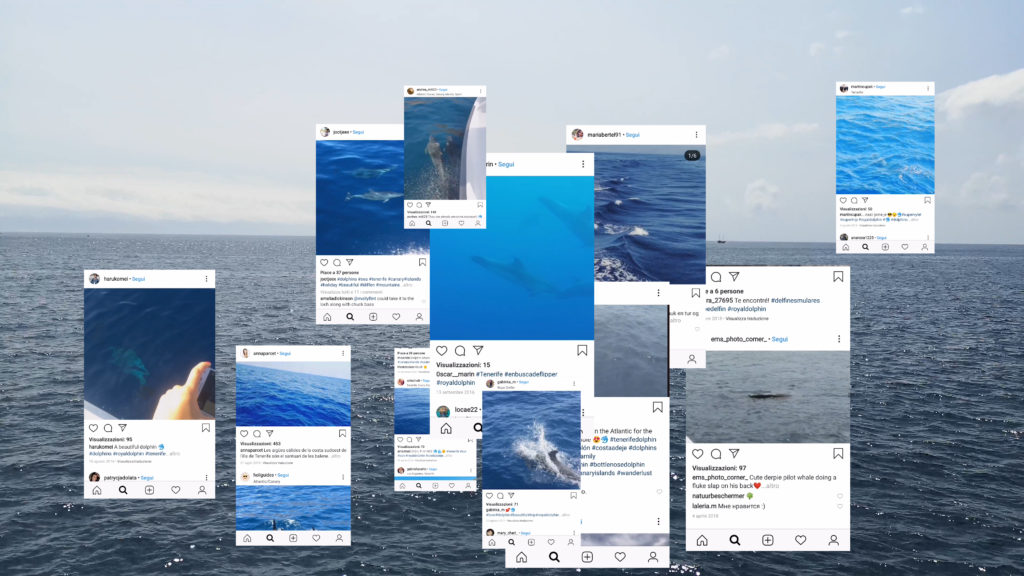
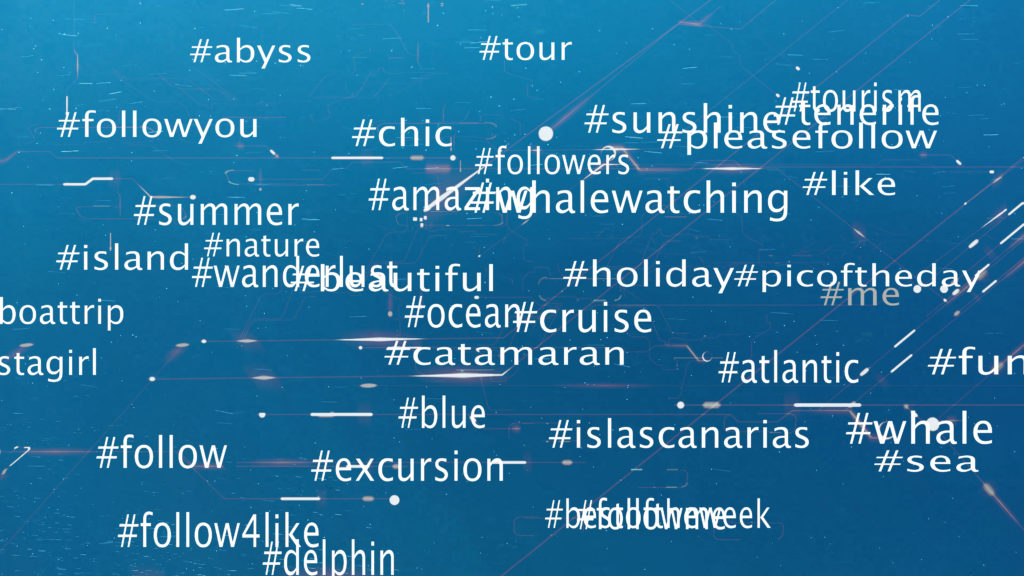
Another recurring element is the search for web resources, such as in the various online libraries of content, archive materials, and multimedia stocks, as well as experimenting with new layouts, techniques, or technologies such as Generative Artificial Intelligence.
During the actual production phase, I often let myself be guided by the intuition of the moment, or I follow the concept defined initially to the letter. Ultimately I don’t have a fixed rule, almost everything depends on the idea of the work.
What are your future projects?
Shortly I plan to give shape and of course, show the latest work produced which is entitled “The Last Supper”. The work is a contemporary reinterpretation of the last meal that Jesus Christ had with his apostles before his crucifixion. Far from traditional representations, this work created with the help of GenAI emphasizes the central role of food, presenting a surreal menu with the most iconic and representative foods of popular culture, transforming them into emblematic symbols of the myths and vices of contemporary society.
The project therefore takes shape in 12 images, a sort of cenacle 2.0 that mixes and amalgamates themes such as technocracy, social media addiction, robotized work, hyper-sexualization, voyeurism, surveillance, conspiracy, pollution, childhood, health, money fame. I like to think of these twelve allegorical dishes as real “takeaway concepts”.
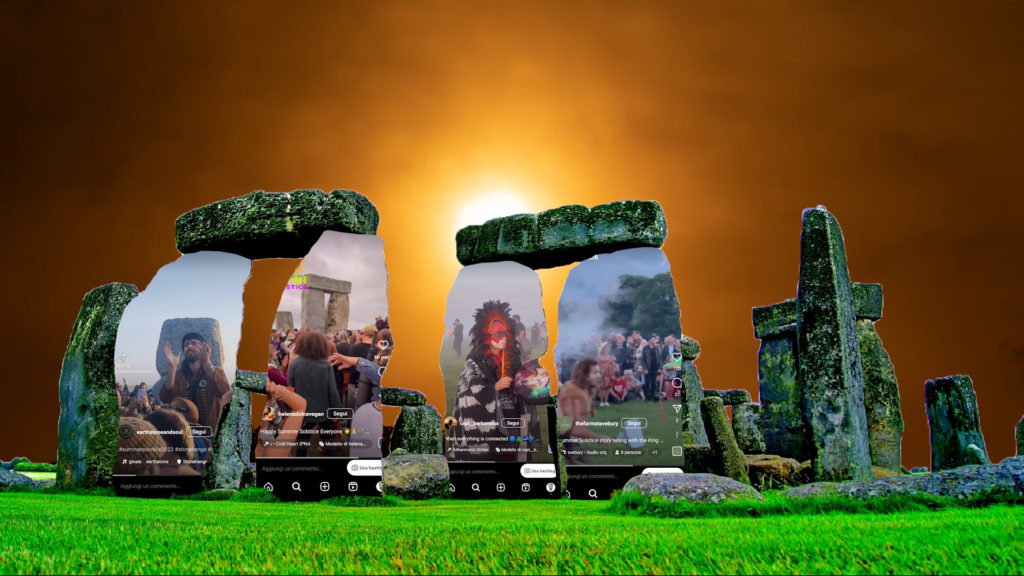
I am also working to realize the long-standing documentary projects “#Observatory” and “AI Bullshit Dictionary” in the form of art books. Finally, I would like to have the opportunity in the future to enhance part of the singular and great Italian cultural heritage, through widespread interventions of digital art using augmented reality and other cutting-edge technologies.
Interview by Fabio Pariante: X • Instagram • Website
MORE
Enrico Dedin: Instagram • LinkedIn • Facebook • TikTok • Behance
